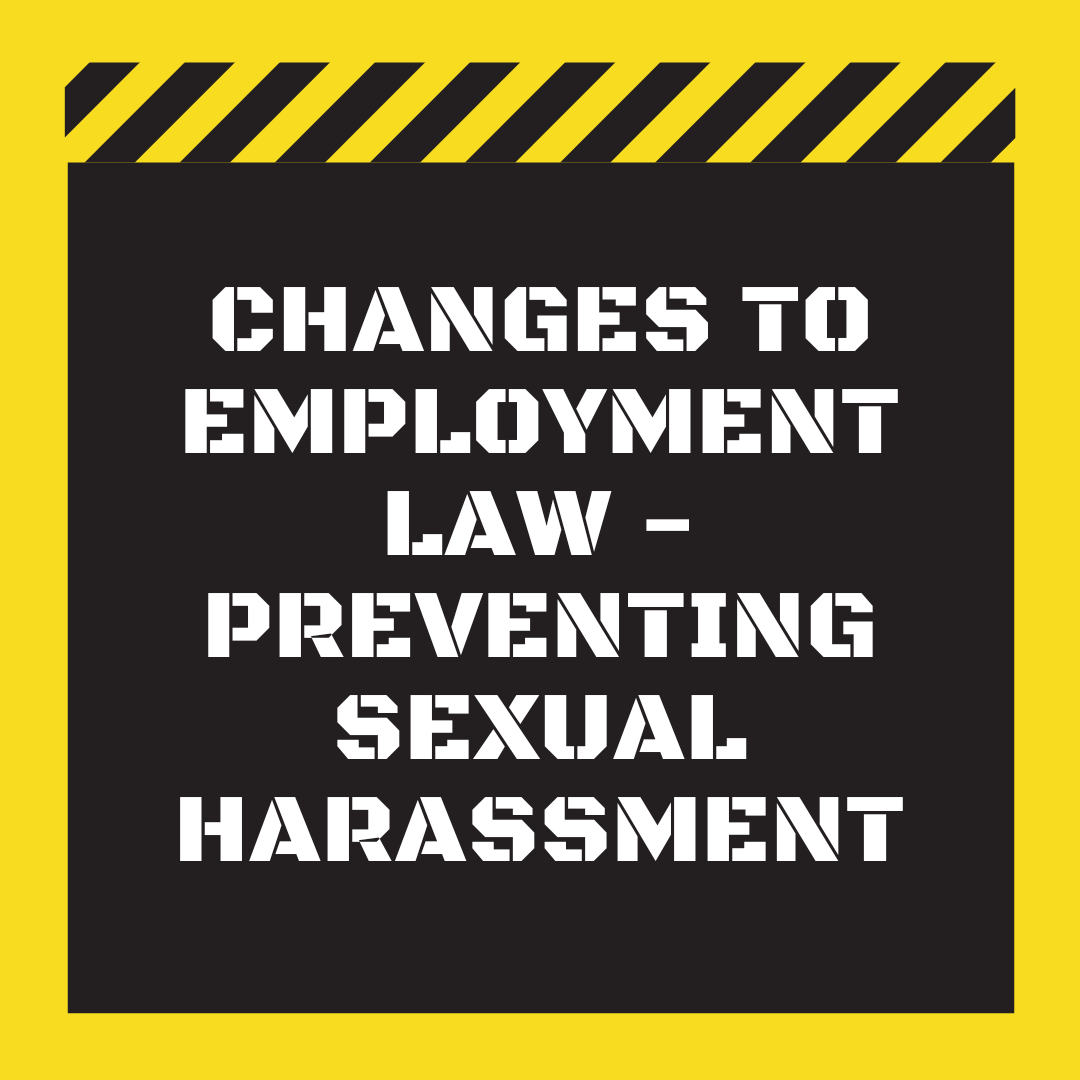Starting October 2024, the Worker Protection (Amendment of Equality Act 2010) Bill introduces a new duty for employers to take “reasonable steps” to prevent sexual harassment at work. This shift emphasises proactive measures over reactive responses, aiming to create safer and more respectful workplaces.
Key Changes
- Proactive Measures: Employers are now required to actively assess risks and implement strategies to prevent harassment. This means having robust policies in place and conducting regular risk assessments to identify potential issues before they arise.
- Training and Awareness: Regular training sessions are crucial. Employers should ensure that all employees understand what constitutes harassment and know how to report it. Clear communication channels should be established so that employees feel comfortable coming forward with their concerns.
- Third-Party Harassment: Although employers aren’t legally liable for harassment by third parties (like clients or customers), they still have a responsibility to protect their employees from such incidents. This can involve setting clear expectations with third parties and having procedures in place to address any issues that arise.
- Increased Compensation: If employers fail to meet their preventative duty, compensation for harassment claims can increase by up to 25%. This serves as a significant incentive for employers to take their responsibilities seriously and ensure they are doing everything possible to prevent harassment.
Implementation Tips
- Update Policies: Review and update your workplace policies to ensure they are comprehensive and up-to-date. This includes defining what constitutes harassment and outlining the steps employees should take if they experience or witness it.
- Conduct Training: Provide ongoing training for all employees, not just a one- time session. This helps keep the information fresh and ensures that everyone is aware of their rights and responsibilities.
- Engage Employees: Foster an open and inclusive environment where employees feel safe to report concerns. Encourage feedback and make it clear that all reports will be taken seriously and handled confidentially.
- Monitor and Evaluate: Regularly review and adjust your anti-harassment measures. This could involve conducting surveys to gauge employee sentiment, reviewing incident reports, and making changes as needed to improve your approach.
By adopting these changes, employers can not only comply with the new law but also create a more positive and respectful workplace culture.
Creating a safe and respectful work environment is not just about compliance—it’s about fostering a culture where everyone feels valued and protected.




